What is an Optical Fiber Array? - Connecting devices with optical waveguide elements are indispensable for next-generation high-speed, large-capacity optical communications.
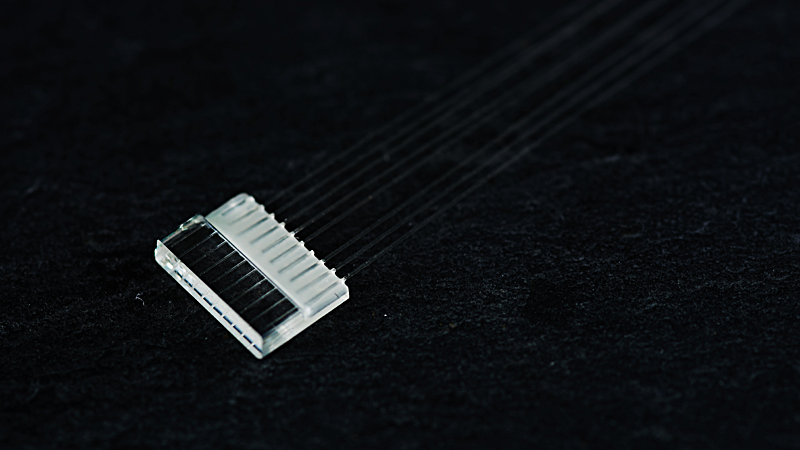
Optical fiber arrays are devices needed for realizing high-speed, large-capacity optical communication systems.
High-speed, large-capacity optical communication systems using optical fibers have become widely used because they transmit and receive enormous amounts of data.
It continues to develop daily as a foundation supporting an information-oriented society.
An optical fiber array is one device used in constructing optical communication systems.
In recent years with the increase in the amount of data transmitted, faster speeds and more data capacity, all have now come to be required for the optical communication system.
Table of contents [close]
The evolution of optical devices required for high-speed and high-capacity optical communications
Optical communication systems have increased the amount of data transmitted due to the evolution of optical devices and communication methods.
In the early light communication systems, the time dividing multiple (TDM: Time Division Multiplexing) technique was used where the light is on and off is set to 1 and 0 as digital signals multiplied on the time axis.
An intensity-modulated direct detection system (Intensity Modulation-Direct Detection: IM-DD) was used to detect the on/off status of light by directly detecting the light intensity with the light-receiving device.
It has the merit that the principles can be realized by simple composition, and it is widely common in systems with communication speeds up to 10Gbit/s level.
Later, a planar lightwave circuit (PLC: Planar Lightwave Circuit) for optical multiplexing and demultiplexing was developed, and a wavelength-multiplexing (WDM: Wavelength Division Multiplexing) technique for multiplexing signals on the wavelength axis of light was used.
This increases the capacity of data communication.
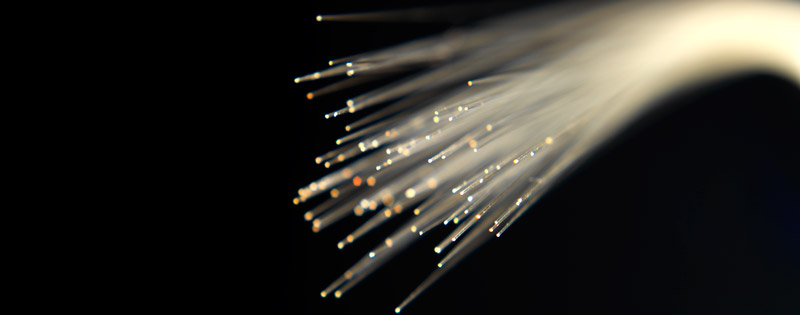
In recent years, with the aim of further increasing the speed and capacity of optical communication systems, the development of digital coherent optical communication technology, which combines a coherent detection method that detects the intensity and phase information of light with digital signal processing to multiplex high-speed signals, has progressed. If digital coherent optical communication technology is put into practical use, it will be possible to multiplex more high-speed signals than 100Gbit/s, and the amount of data communication will be dramatically increased.
Optical fiber arrays that realize high-precision, low-loss connections
Optical fiber arrays are connecting devices for coupling optical fibers with optical waveguide elements such as planar lightwave circuits, which are indispensable for coherent optical communication systems. When a signal is inputted from multiple optical fibers to an optical waveguide element, or when a signal is divided from an optical waveguide element to multiple optical fibers, it is necessary to connect the individual channels of the optical waveguide element and the optical fiber. Optical fibers are very thin and difficult to connect them individually, one by one, in the present state. It is also necessary to align the core of the fiber through which light passes with high accuracy when connecting with minimum loss of light. If connectors are individually configured for accurate alignment, the connection of the optical waveguide elements must be made larger.

Optical fiber arrays are optical devices in which optical fibers are arranged and fixed with high precision. Manufactured by aligning or inserting optical fibers into narrow-pitch V-groove substrates and micro-hole arrays formed by ultra-precision processing technology and polishing the end face with high flatness on a submicron level. Optical fiber arrays enable high-precision, low-loss connection of optical fibers to optical waveguide elements, LD/PD, high-density arrayed devices, and other devices. This is an indispensable optical device for connecting optical fibers in coherent optical communication systems, which require compact, high-density mounting.
Requirements for Optical Fiber Arrays
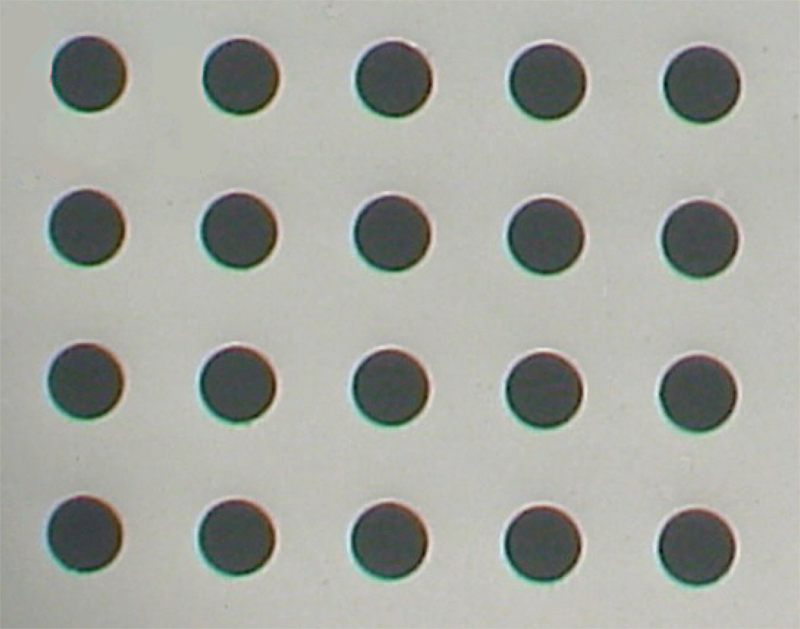
The V-grooves and micro-holes formed in the optical fiber array must be uniformly aligned in angle and depth as well as in a uniform pitch.
If these are not uniform, if the optical fibers are aligned horizontally and vertically in one row, the distances between the optical fibers will also be uneven, resulting in increased loss or no connection due to misalignment of the connection positions.
In addition, if the flatness of the end surface is low when assembled into an optical fiber array, gaps and positional deviations will occur when connecting, and all optical fibers will not be firmly connected, resulting in an increase in loss and connection failure in the same way. Quartz glass, ceramics, and other materials are used as materials for optical fiber arrays. V-grooves and micro-holes are formed on substrates made of these materials by ultra-precision cutting and precision etching using diamond grinding wheels. There is also a method of processing by molding using a die processed with the accuracy required for an optical fiber array.
Production of more reliable optical fiber arrays requires high-precision ultra-precision processing and assembly and manufacturing technologies. In addition to machining equipment and machining technologies, a large amount of experience and knowledge is required for stable production and machining conditions. It is also necessary to have an inspection system in place to check whether the processed product meets the accuracy.
Furthermore, in high-speed, large-capacity communications such as coherent optical communication systems, not only high precision is required for optical devices, but there is also a growing demand for smaller device and high-density mounting, which also demands the miniaturization of the optical devices themselves.
For miniaturization of optical devices, finer processing must be performed with high precision. Manufacturing smaller fiber arrays with narrower fiber pitches requires ultra-high-precision V-groove substrate processing technology, as well as fiber etching technology for fabricating fiber outlines.
Main applications of fiber arrays
Fiber arrays are key components that support high-speed, high-capacity optical communications and are used in a wide range of fields.
Data centers and communications infrastructure
Optical transceivers
In data centers and communications networks, fiber arrays are used in optical transceivers that convert electrical signals into optical signals and vice versa. By densely arranging multiple optical fibers, fiber arrays make possible ultra-high-speed communications at 100 Gbps, 400 Gbps, and even 800 Gbps.
CPO(Co-Packaged Optics)
CPO is gaining attention as a next-generation data center technology. It integrates optical components directly with switch chips to reduce power consumption and improve transmission performance. Fiber arrays play a critical role by providing high-density optical connections between optical components and semiconductor chips.
Quantum computing
The practical realization of quantum computers requires precise control of multiple photons using optical techniques such as optical qubits. Fiber arrays enable the simultaneous, high-precision connection of optical waveguide chips and optical fibers, supporting stable optical signal input and output for a large number of qubits. In particular, fiber array processing technology contributes to improved scalability by achieving high-precision alignment with minimal misalignment, even in cryogenic environments.
Optical sensing and analysis equipment
Applications such as spectroscopic analysis systems and multi-channel optical measurement equipment require simultaneous reception and processing of optical signals from multiple wavelengths or multiple measurement points. In these applications, fiber arrays enable the high-density, high-precision arrangement of multiple optical fibers. This contributes to equipment miniaturization while improving measurement accuracy and stability.
-
Silicon Photonics: Why is it essential for 5G?
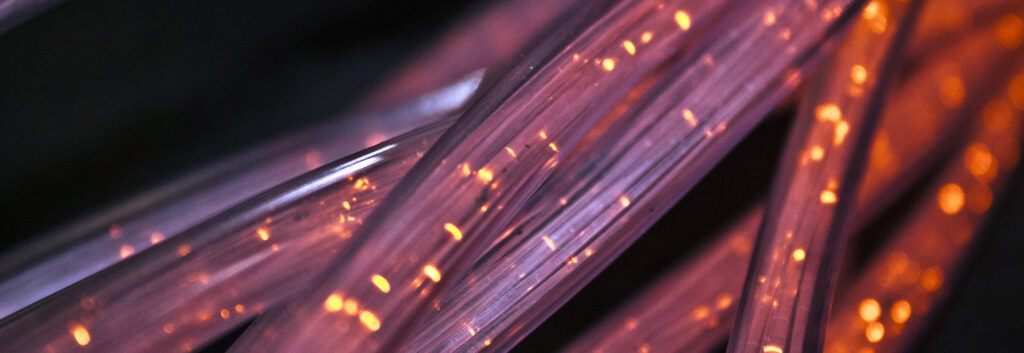
-
Optical attenuators and terminators: How they work and why they are important
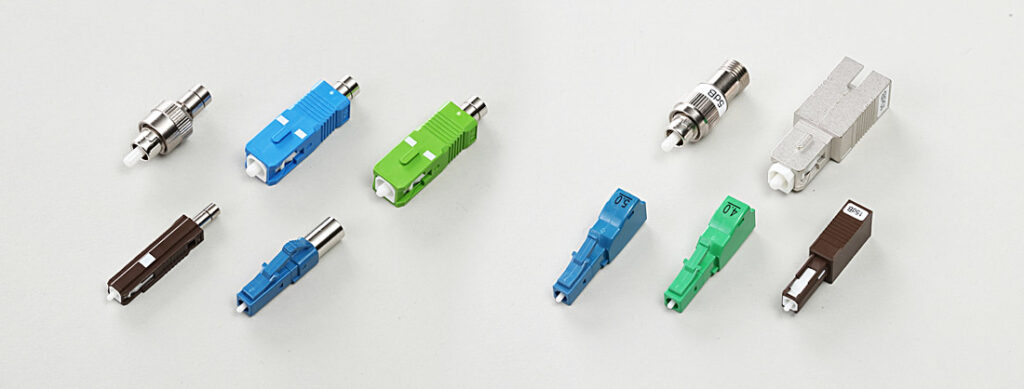
-
What is a Ferrule? : The history and development of the ferrule continues today with its ever pursuit of high accuracy of 1um or less at reduced costs

-
Award: Industrial Standardization Enterprise Award

-
100 times faster than 5G! What is possible with 6G?

-
Lensed fibers used in submarine cables



